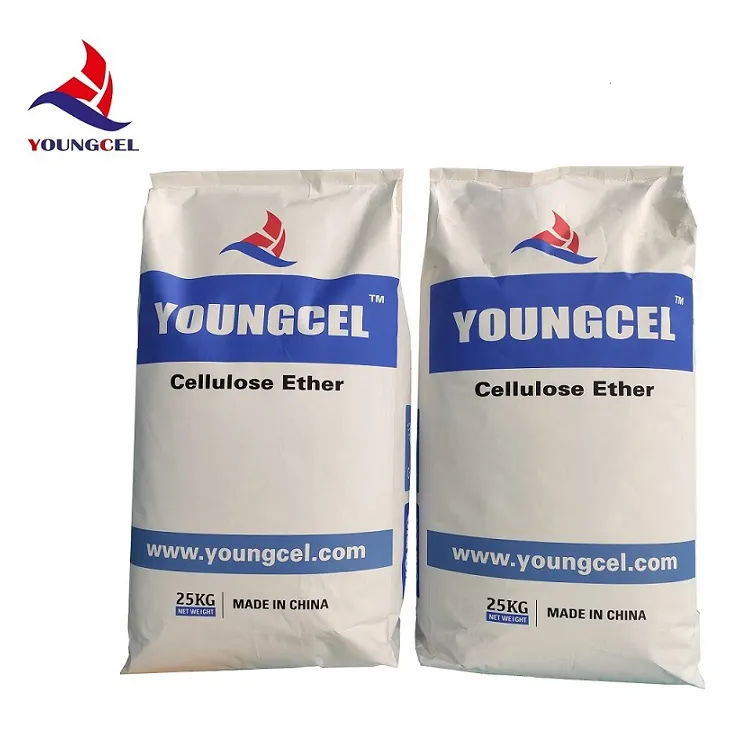The Essential Role of Coating Additives in Modern Coatings
Coatings have become an integral part of our daily lives, providing protection and aesthetic appeal to various surfaces, from industrial machinery to household items. One of the key components that enhance the performance and functionality of these coatings is coating additives. These additives serve multiple purposes, including improving the application process, enhancing physical properties, and extending the lifespan of the coatings. In this article, we will explore the significance of coating additives, their types, and their impact on the coatings industry.
What Are Coating Additives?
Coating additives are substances added to paint and coating formulations to modify their properties and performance. These additives are used in small quantities, often less than 10% of the total formulation, and they can have a significant effect on the final product. Their primary roles include improving flow and leveling, enhancing adhesion, providing anti-settling properties, and achieving desired finishes.
Types of Coating Additives
1. Dispersants Dispersants are essential in maintaining the stability of pigment dispersions. They prevent the settling of particles and agglomeration, thereby ensuring uniform color and consistency in the coating. Dispersants improve the flow and application properties, allowing for a smoother finish.
2. Surfactants Surfactants play a vital role in reducing the surface tension of the coating. This property allows for better spreading and wetting of the substrate during application. Surfactants can also improve the stability of the formulation and enhance gloss and overall aesthetic appeal.
3. Thickeners Thickeners are used to control the viscosity of the coating. By adjusting the thickness, manufacturers can optimize the application process, ensuring that the product meets the desired performance standards. Thickeners also aid in reducing sagging, improving the coating's vertical stability.
4. Anti-foaming Agents Foaming can be a significant issue during the mixing and application of coatings. Anti-foaming agents help to minimize bubbles that can negatively affect the appearance and performance of the coating. These additives ensure a smooth application and enhance the overall quality.
5. UV Stabilizers and Light Stabilizers With the increasing awareness of environmental factors eroding outdoor surfaces, UV stabilizers and light stabilizers have gained importance in coatings. They protect the coatings from degradation due to sunlight and other environmental stresses, thereby extending the longevity of the finish.
coating additives

6. Biocides To prevent microbial growth, especially in coatings exposed to moisture, biocides are incorporated. These additives enhance the durability of coatings and are particularly important in areas like bathrooms and kitchens, where mold and mildew can pose significant challenges.
The Impact of Coating Additives on Performance
The incorporation of additives in coatings greatly influences their performance characteristics. For instance, by using the right dispersants and surfactants, a manufacturer can achieve a coating that not only applies smoothly but also adheres well to a variety of surfaces. Similarly, incorporating UV stabilizers can significantly enhance the outdoor durability of coatings, making them suitable for exterior applications.
The development of new and advanced additives has transformed the coatings industry, leading to products that are more environmentally friendly and sustainable. For instance, many manufacturers are now opting for bio-based additives that reduce the environmental impact while maintaining high performance. The innovation in additives allows for greater customization in coating formulations, catering to specific applications and industry needs.
Future Trends in Coating Additives
As technology continues to advance, the future of coating additives will likely involve the development of multifunctional additives that provide multiple benefits in one product. These innovations will not only streamline the formulation process for manufacturers but also enhance the overall performance of coatings, meeting the ever-evolving demands of consumers and industries alike.
Furthermore, the push for sustainability and eco-friendliness in the coatings industry will drive research into new types of additives made from renewable resources, ensuring that the coatings produced are not only effective but also have a reduced environmental footprint.
Conclusion
Coating additives play a crucial role in the formulation and performance of coatings, contributing to their functionality, stability, and appearance. As the industry continues to evolve, the importance of innovative and sustainable additives will remain paramount, shaping the future of coatings and their applications across various sectors. Understanding and leveraging these additives will enable manufacturers to create superior coatings that meet the demands of the modern world.
-
A Comprehensive Guide to Methyl Ethyl Hydroxyethyl Cellulose: Applications and Industry InsightsNewsNov.24,2025
-
Understanding Methyl 2 Hydroxyethyl Cellulose: Uses, Benefits & Industry InsightsNewsNov.24,2025
-
Hydroxyethyl Methyl Cellulose HEMC: Industrial Uses, Benefits & Future TrendsNewsNov.23,2025
-
HEMC Cellulose: Versatile & Sustainable Industrial Polymer | YoungcelNewsNov.23,2025
-
Methyl Hydroxyethyl Cellulose: Versatile Building Block for Industry & SustainabilityNewsNov.23,2025
-
CAS 9032 42 2: Understanding Polyvinyl Alcohol's Impact on Industry & SustainabilityNewsNov.22,2025




